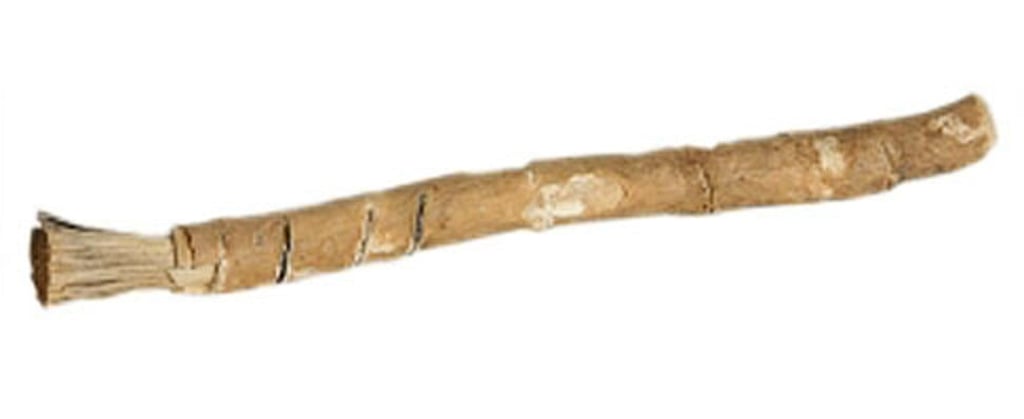Reflections | Getting to the roots of dentistry in ancient China – it wasn’t as rudimentary as you might think
- A forerunner to modern mouthwash was recorded as early as 94BC, while brushes appeared not much later
- As early as the Song period, tooth powders and pastes were widespread as were dentures made from bone or ivory

One wouldn’t think boiled squid could do much damage to one’s teeth, but when I chomped on one such rubbery morsel recently, it split my molar clean in half. The agony was immediate and debilitating. Such was the extent of the damage that the dentist I saw the following morning, after a particularly horrendous night of painful wakefulness, could not save my tooth. I prefer not to talk about the gruesome extraction that followed.
I have always been proud of my teeth. While they might not sparkle with blinding whiteness in the Hollywood tradition – and nor would I like them to – they are straight, appropriately spaced and generally pleasing to the eye. I brush my teeth at least twice a day, floss nightly and have never had any major dental issues. But now there is a gaping hole where my right maxillary second molar should be and I have to wait months before it can be filled.
Modern dental care was not available in ancient times, but that did not mean people didn’t take care of their teeth. From the earliest times, the Chinese knew that gargling with salt water, tea or wine after meals helped to prevent tooth decay because of the antiseptic properties of these liquids. Records of the Grand Historian, completed around 94BC, recounts an episode of a doctor tending to a patient suffering from tooth decay. One of the reasons given for the ailment was that he did not gargle after eating.
The ancient Chinese also used an implement fashioned from willow twigs to clean their teeth. The end of the twig was first soaked in water to soften it, then bitten until it flattened and the plant fibres spread out, forming a brush of sorts. Using this cross between a toothbrush and toothpick, one could dip it in salt, tooth powders or toothpaste to clean one’s teeth.

Tooth powders were made by mixing pulverised plant and mineral matter. A 1390 recipe for tooth powder listed the ingredients as soap bean, ginger, bugbane, Chinese foxglove, false daisy, seed pod of the Japanese pagoda tree, wild ginger, lotus leaves, and rock salt. Toothpastes were made by adding water to various ingredients and boiling the concoction until it was reduced to a paste. Formulations such as these not only cleaned but also imparted a pleasant scent to one’s oral cavity after use.
